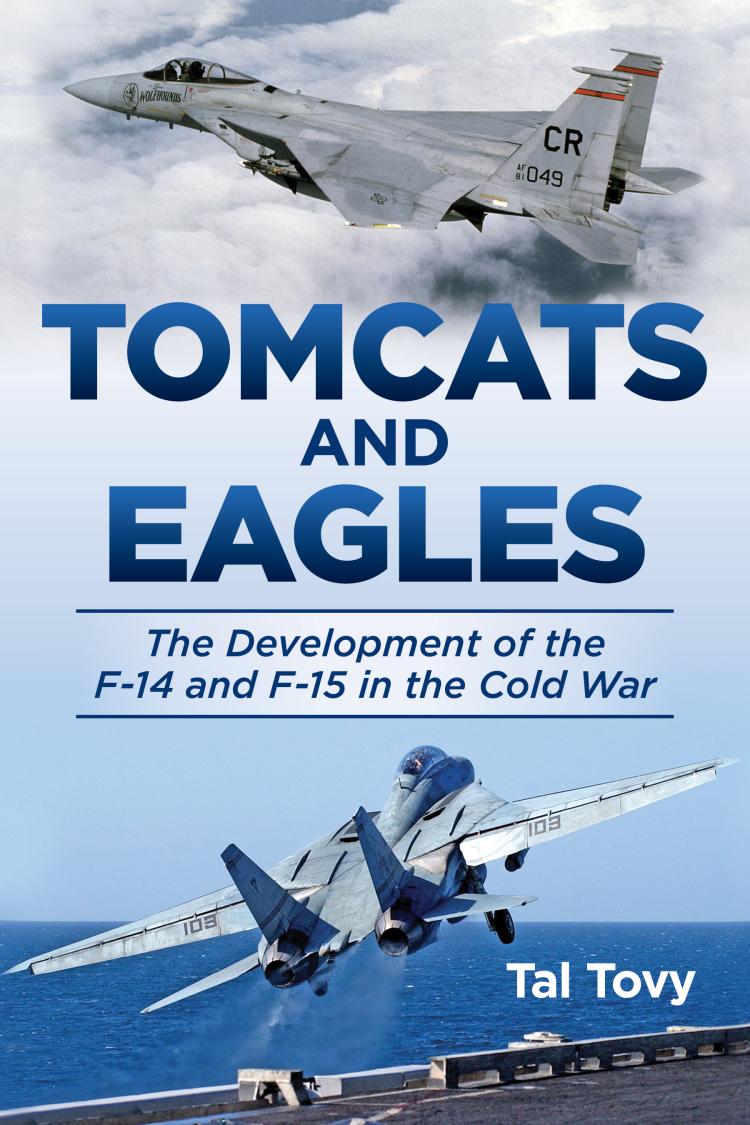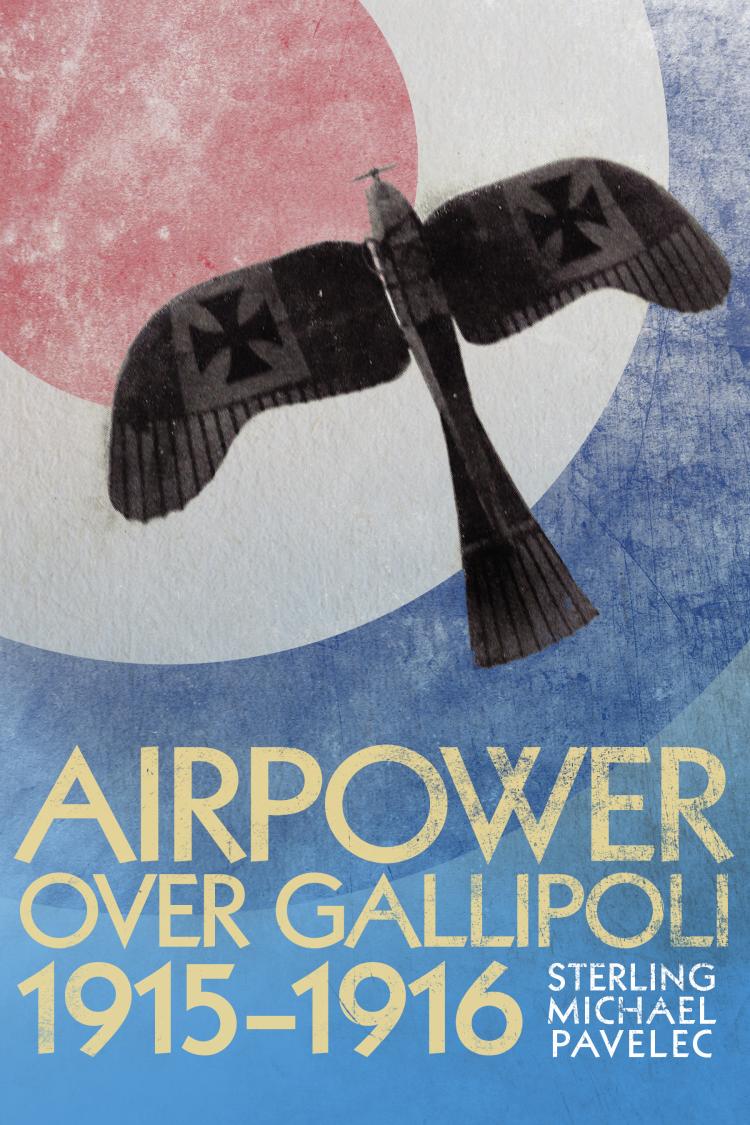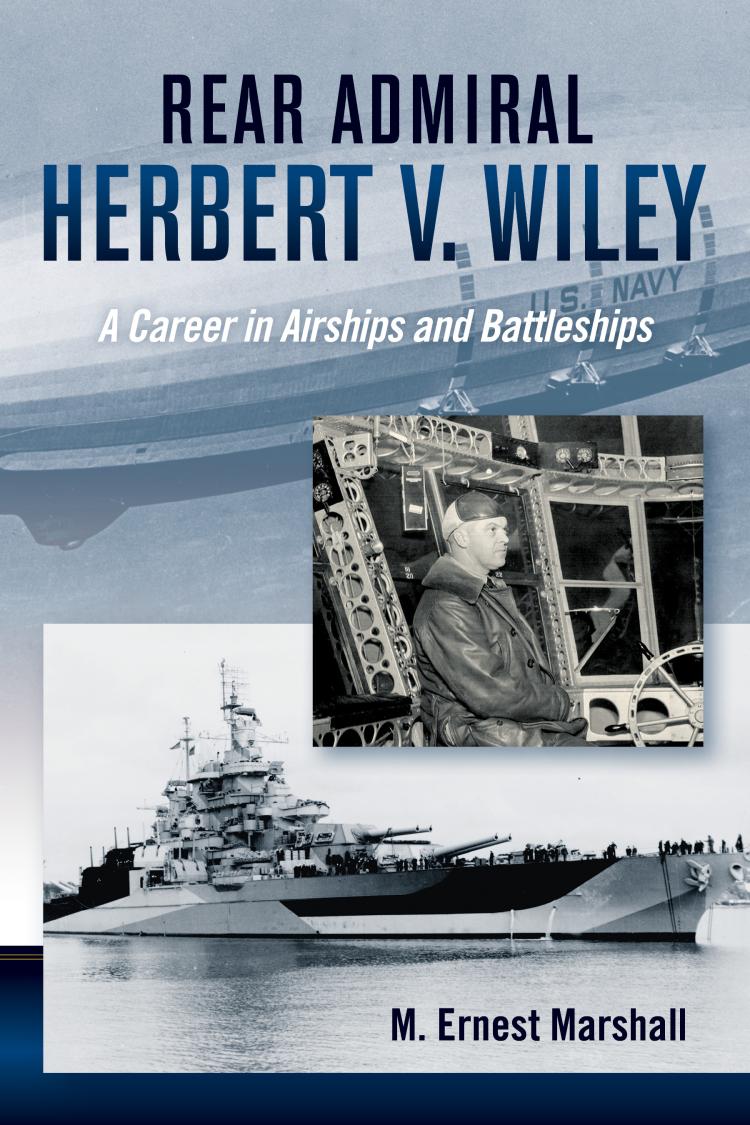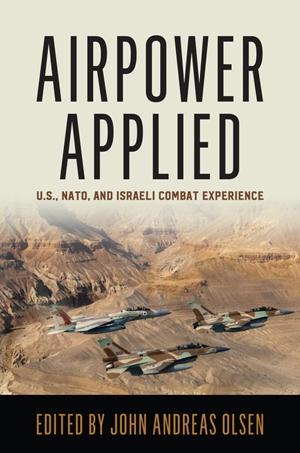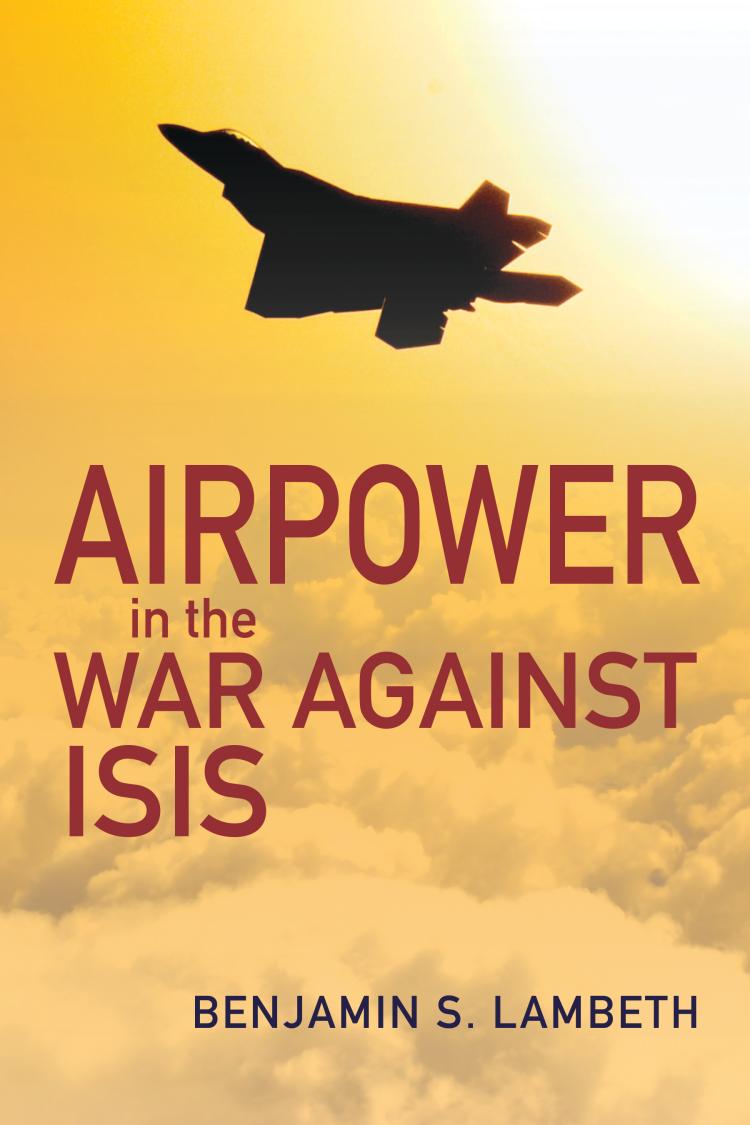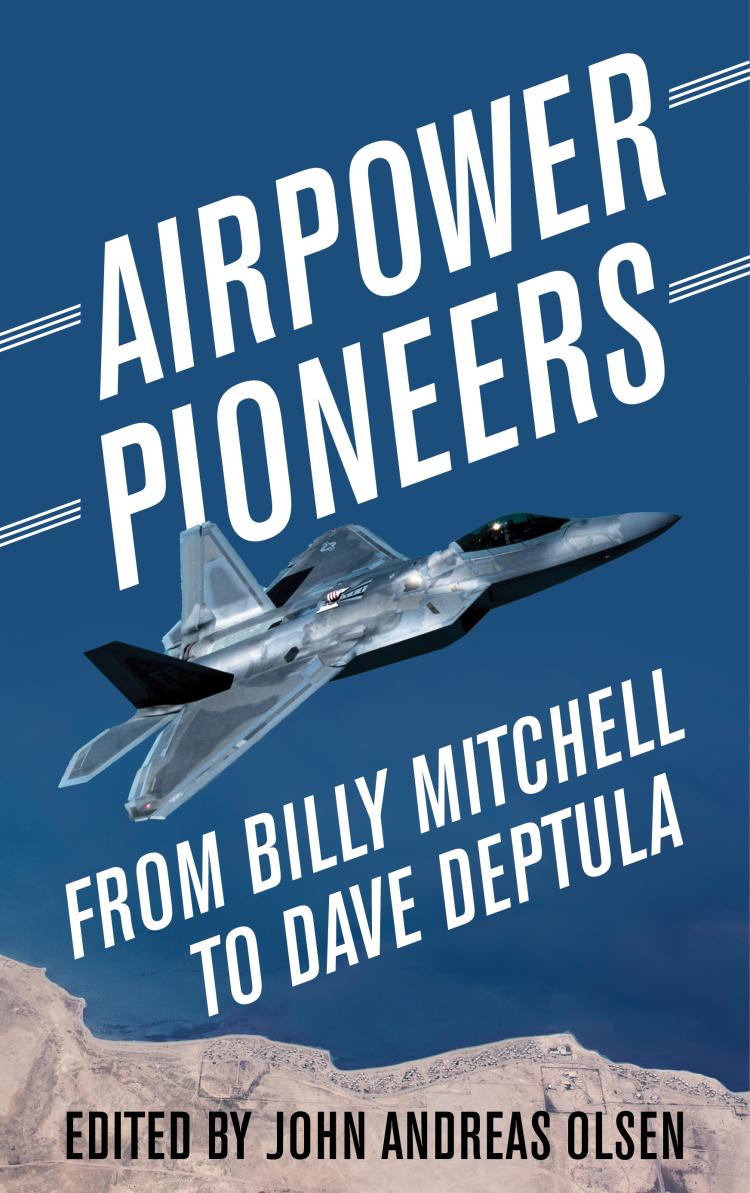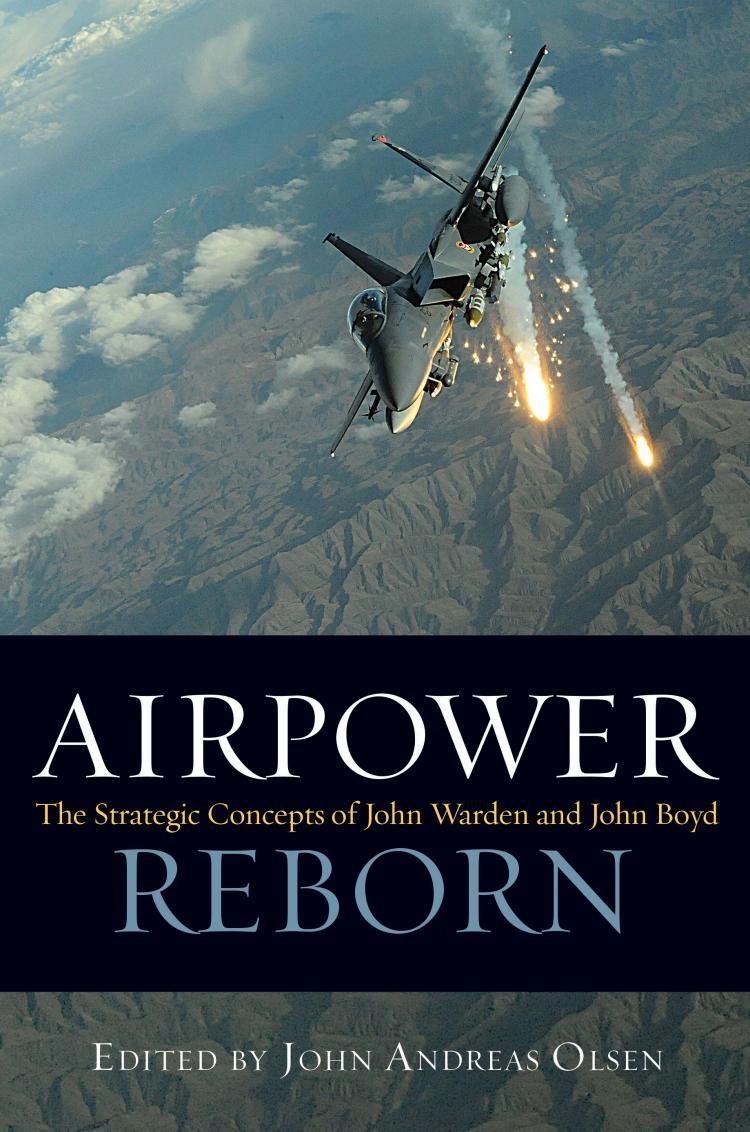Tomcats and Eagles
The Development of the F-14 and F-15 in the Cold War
- Subject: Fall 2022 Catalog | General Military & Naval History | Aviation & Space | Summer 2024 Sale
- Format:
Hardcover
- Pages:
312pages
- Illustrations:
8 b/w photos
- Published:
November 15, 2022
- ISBN-10:
1612519105
- ISBN-13:
9781612519104
- Product Dimensions:
9 × 6 × 1 in
- Product Weight:
17 oz
Overview
During the first half of the 1970s, two new fighter aircraft entered operational service in the United States: The Navy’s Grumman F-14 Tomcat and the Air Force’s McDonnell Douglas F-15 Eagle. These two aircraft were part of the backbone of the tactical air power of the United States; their introduction was accompanied by comprehensive reforms in pilot training as well as new technologies and weapon systems. In addition to the tactical significance of the two aircraft as innovative fighting platforms, however, their development and deployment should be viewed within a broad geopolitical and geostrategic context.
Tovy explains how the F-14 Tomcat and the F-15 Eagle were an integral part of the aerial component of the conventional arms race within the Cold War. He argues that the trend of Soviet advanced weapon systems development created a perception of threat to the United States, challenging its conventional military power. Tomcats and Eagles explores how the Vietnam War accelerated the need for advanced fighter-interceptors, and that the lessons learned from aerial combat in Vietnam had a significant impact on the design and operational characteristics of the F-15. The author reveals that after F-14s were sold to Iran and F-15s to Israel in the second half of the 1970s, these jets were integrated into their armed forces, leading to Israel’s use of the F-15 during the First Lebanese War. Finally, the author provides an in-depth look at the operation of the F-14 and F-15 in U.S. actions in Southeast Asia, beginning with the Tanker Wars in the mid-1980s, through Operation Desert Storm and Operation Enduring Freedom, and ending with Operation Iraqi Freedom.
Tovy explains how the F-14 Tomcat and the F-15 Eagle were an integral part of the aerial component of the conventional arms race within the Cold War. He argues that the trend of Soviet advanced weapon systems development created a perception of threat to the United States, challenging its conventional military power. Tomcats and Eagles explores how the Vietnam War accelerated the need for advanced fighter-interceptors, and that the lessons learned from aerial combat in Vietnam had a significant impact on the design and operational characteristics of the F-15. The author reveals that after F-14s were sold to Iran and F-15s to Israel in the second half of the 1970s, these jets were integrated into their armed forces, leading to Israel’s use of the F-15 during the First Lebanese War. Finally, the author provides an in-depth look at the operation of the F-14 and F-15 in U.S. actions in Southeast Asia, beginning with the Tanker Wars in the mid-1980s, through Operation Desert Storm and Operation Enduring Freedom, and ending with Operation Iraqi Freedom.
About the Author
Editorial Reviews
“In Tomcats and Eagles, Tal Tovy places the creation of perhaps the two most iconic aircraft of the Cold War era into a larger geo-political construct. Using changes in both Soviet and American national security objectives, Tovy gives these aircraft their rightful place in the historiography. A lucid and authoritative look at fighter aircraft development.” —Brian D. Laslie, author of Air Power’s Lost Cause; command historian, United States Air Force Academy
“Tovy’s fascinating study is not only a wonderful technography, it is also an in-depth analysis of the theory, politics, economics, industry, and military history leading to the decisions to field the platforms. The operational histories of the F-14 and F-15 are important; the context of the Cold War and decision-making present an invaluable contribution to the field of aviation history.” —Dr. S. M. Pavelec, chair and professor, Department of Airpower, Air Command and Staff College
“Tomcats and Eagles is a fascinating and important work that examines the development of weapons systems in a broad context of national strategy, international relations, and geopolitics. With ride-ranging implications for several fields, Tavoy’s work demands attention from scholars of the post-World War II world.” —Michael W. Hankins, curator, Smithsonian National Air and Space Museum, and author of Flying Camelot
“Professor Tal Tovy has presented the best overview of the thought process of the United States Navy and the United States Air Force in the aircraft design, procurement process that I have ever come across. Mr. Tovy starts with the doctrine stemming from World War II, then proceeds to the Cold War leading into Korean Conflict, Vietnam intervention to present day. He highlights the combat capabilities of both the F-14 and F-15. Mr. Tovy leads us through the McNamara Whiz Kids eras (F-111 one size fits all) and the convoluted path to the F-14; the shock of the shock of the Soviet MIG-25 appearance to speed procurement of the F-15. He discusses combat operations of both aircraft by the many users. Anyone who wishes to look at the F-14 or the F-15; this is the book.”—John Hill, Researcher, Pueblo Weisbrod Aircraft Museum
"In summary, this book makes an interesting and informative read, much as would be expected from an author who is a military historian, a veteran of the Israel Defence Force and a senior university lecturer. It is also well researched with a comprehensive reference section, bibliography and index." —Aerospace Magazine




